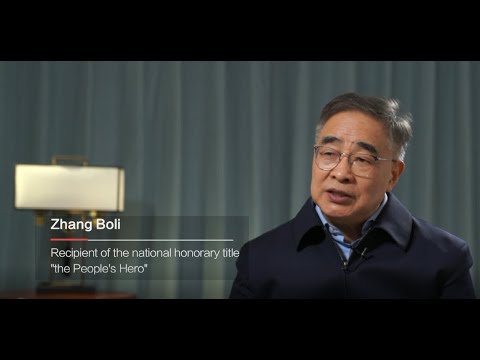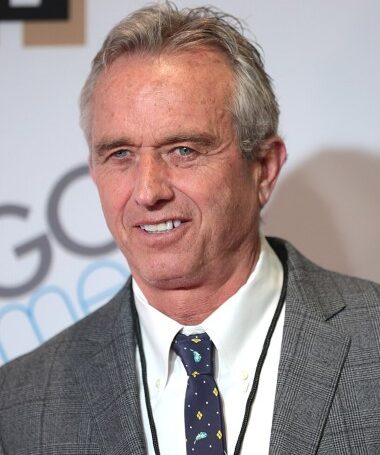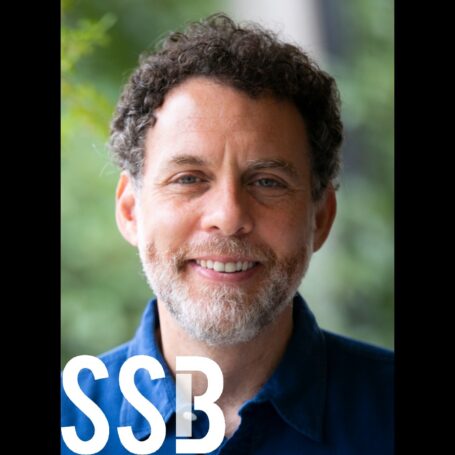Traditional Chinese Medicine and the COVID-19 Pandemic
When medical sociologists or anthropologists write about alternative or complementary medicine, some readers inevitably assume that this is done in a spirit of advocacy. This is sometimes true. Some graduate students and colleagues are indeed motivated by a desire to celebrate a particular way of thinking about health and illness. Occasionally, and this is ethically questionable, graduate students are seeking the right to use the title ‘doctor’ on the basis of the PhD. For the most part, though, we study systems of medical thought either because they are major institutions in other societies or because they illuminate features of our own societies’ approach to health and illness. For a sociologist or anthropologist of medicine, scientific medicine is the folk medicine of modern societies. We are trying to understand its place in the culture and social structure of our own nations. Studying how others think about health and illness, recognize healers and create institutions may help to make our own ‘anthropologically strange’ and to notice things that we would otherwise overlook because they are so familiar to us.
I have written this preamble because I am sure that a bunch of Twitter users will jump on a blog about the place of Chinese traditional medicine (TCM) in COVID-19 pandemic management as yet further evidence that sociologists are a credulous bunch who cannot be trusted to say anything sensible about biomedicine or public health. I want to be clear that I am not making any claims about the efficacy of TCM or about the desirability of integrating it into Western practice. What I do want to highlight is that the Chinese state and people take TCM very seriously, that it has played a significant role in their pandemic response, and that you would really not know this from the mainstream Western media. Our understanding of the pandemic in China is framed by our own conceptions of medicine and the social networks established by our scientists with their opposite numbers in China.
China has a long independent tradition of medical thought which has not been subject to the radical discontinuity introduced in Western societies and colonies during the nineteenth century by scientific approaches. Its analysis of the Covid-19 pandemic draws as freely on 16th and 17th century writings as Western science draws on last month’s journals. This tradition has been nurtured by the Chinese state which supports TCM medical schools and practitioners alongside education and practice in Western scientific traditions. The leadership expects that professionals working in these traditions will collaborate to produce an integrated model that combines the best features of each.
When we consider the response to crisis in Wuhan, then, it is important to recognize that this was not solely confined to scientific medicine. An emergency TCM hospital was set up and TCM practitioners were seconded from all over China. The TCM hospital mainly dealt with relatively mild cases but TCM professionals were also to be found in conventional intensive care settings working alongside professionals trained in the scientific tradition. Around ninety per cent of the treatments given in Hubei province, including Wuhan, had some contribution from TCM. If we only look at the contributions from scientific medicine, which are familiar to us, we are missing something that is important in the Chinese response to this novel virus.
TCM operates with its own nosology, reflecting its own theories about the workings of the body (Zhang Boli et al Handbook of Diagnosis and Treatment for COVID-19 in Chinese Medicine China Press of Traditional Chinese Medicine: Beijing, 2021). These revolve around the notion of qi, the life force, which may be threatened in various ways. TCM looks either to reinforce qi against challenges or to find ways of expelling them from the body. COVID-19 fits a recognized category of ‘pestilence’, first defined in the 11th century, and has been more specifically labelled as ‘lung pestilence’, reflecting the organ that feels its impact most strongly. Pestilences are different from other categories of disease in that they stem from a specific pathogen or ‘malign qi’ rather than an imbalance within the patient’s body that has disrupted their own qi, caused by one of the ‘six excesses’. The ‘malign qi has entered through the mouth and nose but its reception reflects the current state of the patient’s qi. If this is weak, the malign qi can take hold. Treatment begins by seeking ways to expel the malign qi and then strengthening the healthy qi to promote recovery.
It has been reported that 564 people were treated in the Wuhan TCM emergency hospital, without any deaths among patients or staff. In these cases, TCM was effectively containing the progression from mild to severe disease. For critical patients, the TCM guidance is clear that they should be in Western-style intensive care units, where scientific medicine leads in ventilation and life support but TCM assists in strengthening the patient’s qi to resist the infection. In effect, in a situation of great medical uncertainty, each set of intensive care doctors reached for their own tradition to deal with the adverse effects of admission to their units. Where Western doctors turned to allopathic medicine and its pharmacopeia of antibiotics and antivirals to attack the agents of opportunistic infections, Chinese doctors turned to TCM and its pharmacopeia intended both to expel malign qi and to reinforce healthy qi. The latter seems in practice to have been more important. We will, no doubt, eventually be able to compare the outcomes, assuming that admission criteria were comparable.
It is not the purpose of this post to advocate for either system of medicine as a response to the COVID pandemic. It is rather to underline that any commentary on the management of the pandemic in China should not be framed purely through the parts that are familiar to Western medical or scientific journalists. Chinese health care operates under strong pressures from the national leadership to combine both medical systems in the empirical treatment of patients. Writing purely about the parts that are recognizable to Western readers risks misleading them about how the Chinese response actually operates and about what is contributing to reported outcomes. Studies of medicine in China must not neglect Chinese medicine.























































































